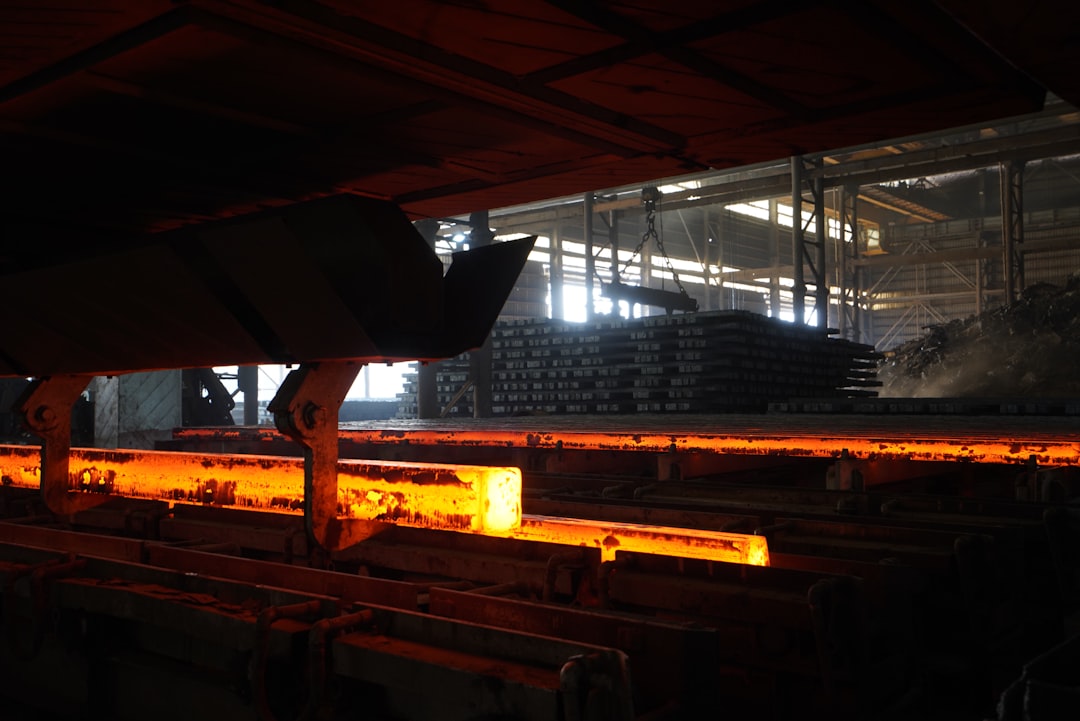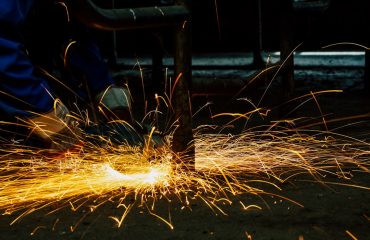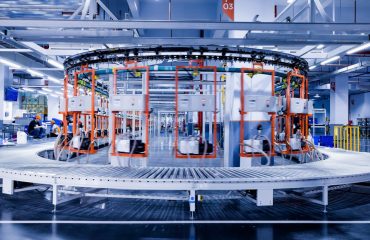body {
font-family: sans-serif;
line-height: 1.6;
}
h1, h2, h3 {
color: #333;
}
The steel industry is a significant contributor to global greenhouse gas emissions. As pressure mounts to reduce carbon footprints, accurate and transparent carbon emission reporting is no longer optional – it’s crucial for sustainability, investor confidence, and regulatory compliance. This comprehensive guide delves into the complexities of reporting carbon emissions in steel production, covering key aspects from source identification to reporting frameworks.
1. Identifying Carbon Emission Sources in Steel Production
Understanding where emissions originate is the first step towards effective reduction. Steel production involves numerous processes, each contributing to the overall carbon footprint. These sources can be broadly categorized as:
- Direct Emissions (Scope 1): These are emissions directly from owned or controlled sources. In steel production, this primarily includes emissions from the combustion of fossil fuels in blast furnaces (coke production and ironmaking), electric arc furnaces (EAFs), and other heating processes. The type of fuel used significantly impacts emissions; coal-based processes generate far more CO2 than natural gas or hydrogen.
- Indirect Emissions from Energy Consumption (Scope 2): These emissions result from the generation of electricity consumed by the steel plant. This includes electricity used in powering furnaces, machinery, and other operations. The carbon intensity of the electricity grid significantly impacts Scope 2 emissions. Using renewable energy sources like solar or wind power dramatically reduces this footprint.
- Indirect Emissions from the Value Chain (Scope 3): These are emissions that occur throughout the steel value chain, but outside the direct control of the steel producer. This includes emissions from raw material extraction (iron ore mining, coal mining), transportation of raw materials and finished products, and the use of steel in downstream applications. Scope 3 emissions are often the most challenging to quantify and manage, requiring collaboration across the entire supply chain.
2. Methods for Calculating Steel Carbon Emissions
Accurate calculation requires a robust methodology. Several approaches exist, each with varying levels of complexity and data requirements:
- Mass Balance Approach: This method calculates emissions based on the mass of raw materials used and the associated emission factors. It’s relatively straightforward but may not capture all emission sources accurately.
- Process-Based Approach: This involves a detailed analysis of each process step within the steel production chain, quantifying emissions from each stage. It’s more accurate but requires more detailed data and expertise.
- Hybrid Approach: This combines elements of both mass balance and process-based approaches, aiming for a balance between accuracy and practicality.
Accurate data collection is crucial. This includes energy consumption data, fuel usage data, raw material inputs, and waste generation data. Regular monitoring and verification are essential to ensure the accuracy of emission calculations.
3. Reporting Frameworks and Standards for Steel Emissions
Several frameworks and standards guide carbon emission reporting. Adherence to these frameworks enhances transparency and comparability:
- Greenhouse Gas Protocol: This widely recognized standard provides a comprehensive framework for measuring and reporting greenhouse gas emissions. It offers guidance on Scope 1, 2, and 3 emissions.
- Carbon Disclosure Project (CDP): CDP is a non-profit organization that drives companies to disclose their environmental impacts, including carbon emissions. Many investors use CDP data to assess a company’s sustainability performance.
- Science Based Targets initiative (SBTi): The SBTi helps companies set science-based emissions reduction targets aligned with the Paris Agreement goals. Steel companies are increasingly setting and reporting on such targets.
- Industry-Specific Standards: Various industry associations are developing specific standards and guidelines for carbon emission reporting in the steel industry, fostering greater consistency and comparability.
4. Challenges and Opportunities in Steel Emission Reporting
Accurate and comprehensive reporting faces several challenges:
- Data Availability and Quality: Access to reliable and consistent data across the entire value chain can be challenging.
- Complexity of Steel Production: The multifaceted nature of steel production makes comprehensive emission accounting complex.
- Scope 3 Emissions: Quantifying and managing Scope 3 emissions requires significant collaboration across the supply chain.
However, these challenges also present opportunities. Improved data management systems, advancements in emission monitoring technologies, and increased collaboration across the value chain can significantly enhance reporting accuracy and drive emissions reductions.
5. The Future of Carbon Emission Reporting in the Steel Industry
The future of carbon emission reporting in the steel industry will be shaped by several factors:
- Increased Regulatory Scrutiny: Governments worldwide are introducing stricter regulations on greenhouse gas emissions, driving greater transparency and accountability.
- Investor Demand for Sustainability: Investors are increasingly demanding greater transparency and action on climate change, influencing corporate sustainability strategies.
- Technological Advancements: Innovations in steel production technologies, such as hydrogen-based steelmaking, will significantly reduce emissions and alter reporting methodologies.
- Supply Chain Collaboration: Effective collaboration across the entire steel value chain is crucial for achieving significant emissions reductions and accurate reporting.
Accurate and transparent carbon emission reporting is not just a compliance exercise; it’s a crucial step towards decarbonizing the steel industry and building a more sustainable future.
Tags: Steel emissions, carbon reporting, steel industry sustainability, greenhouse gas emissions, decarbonization steel




